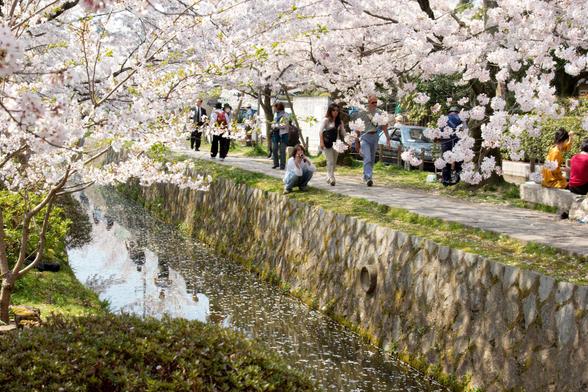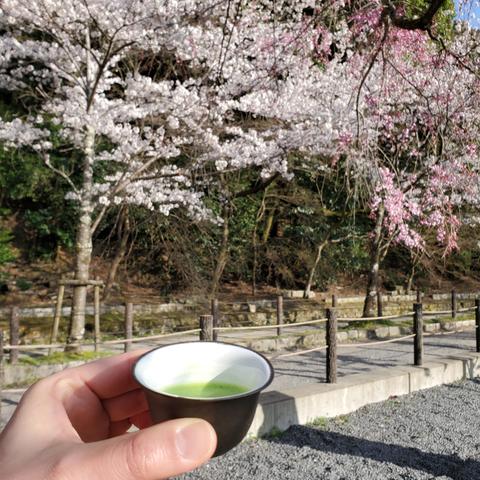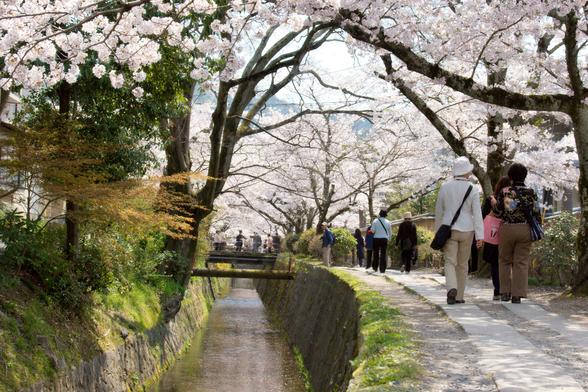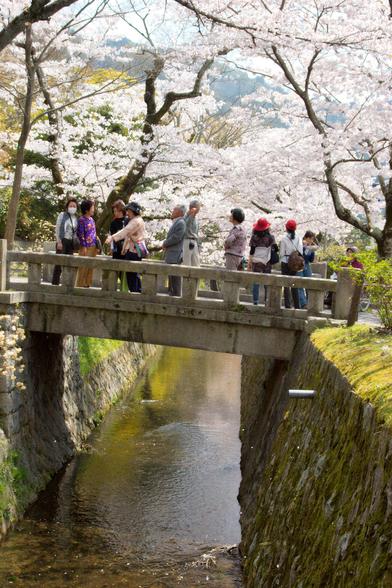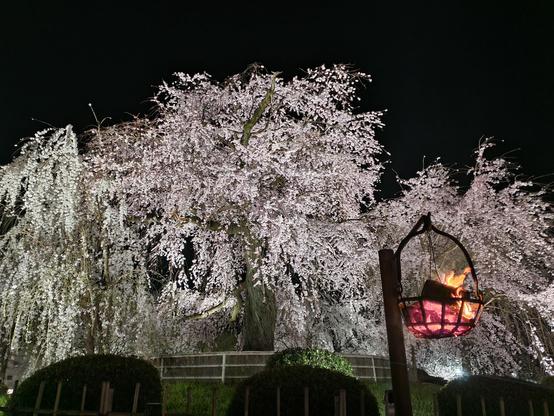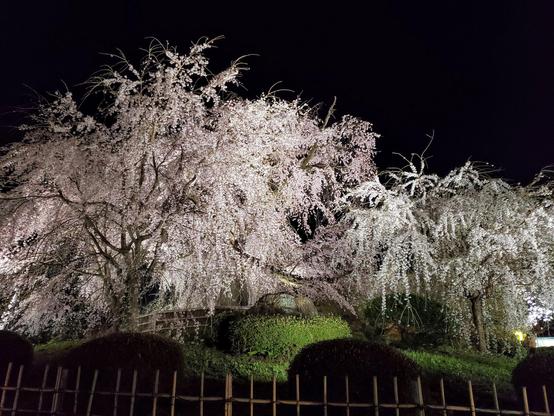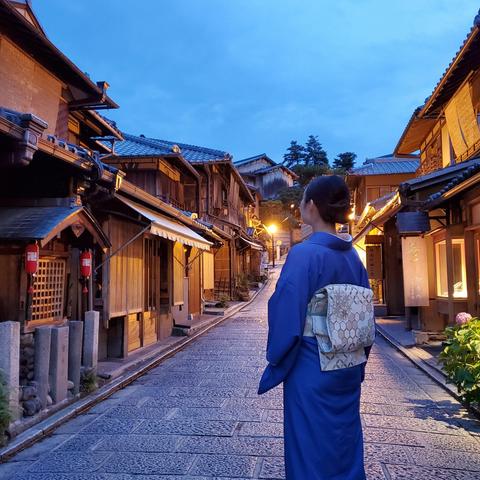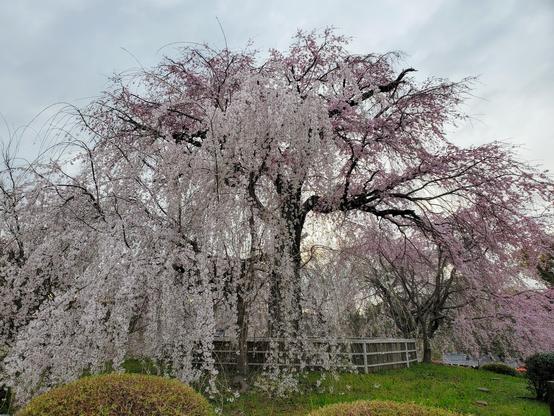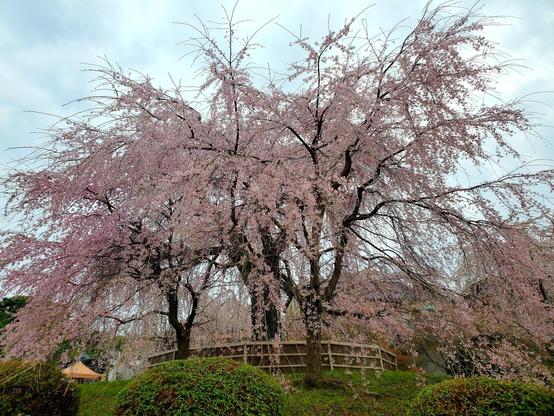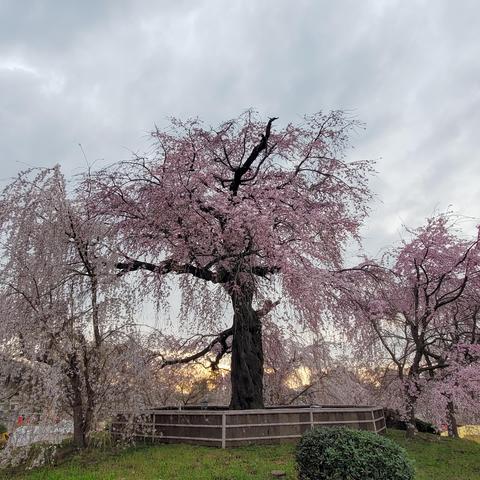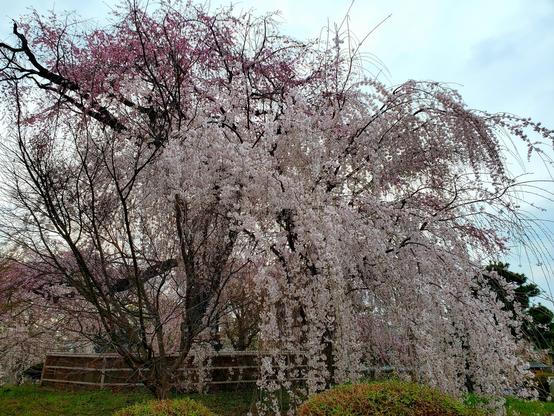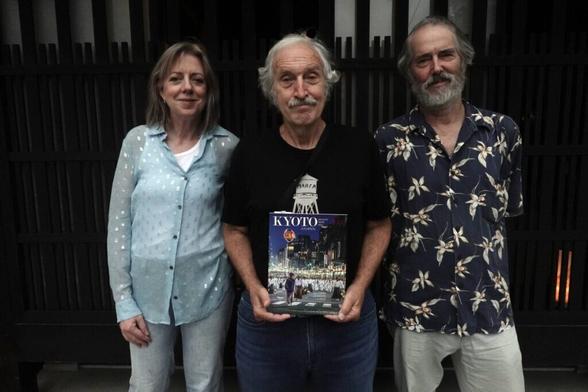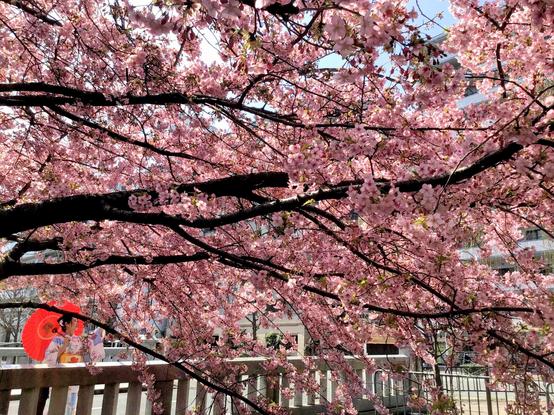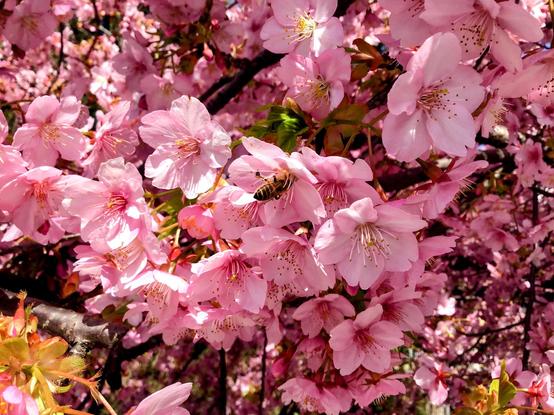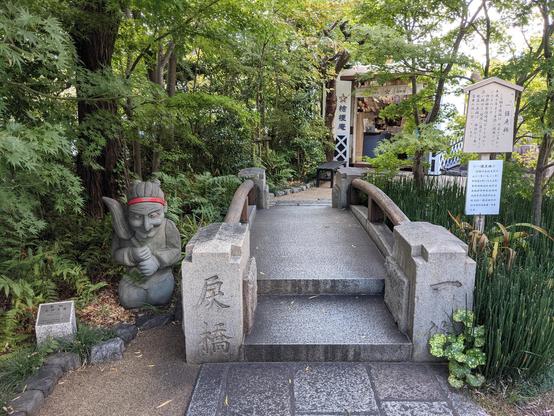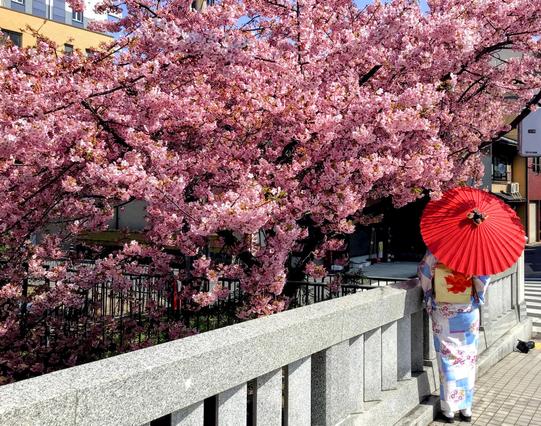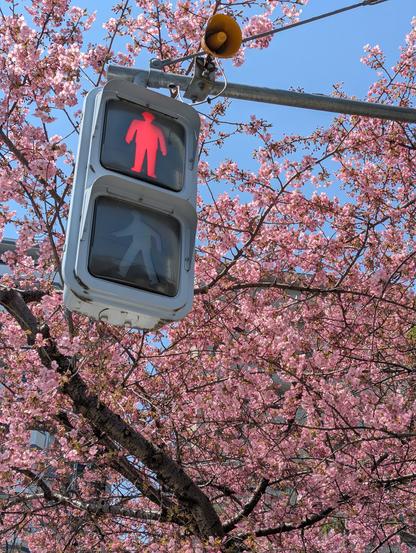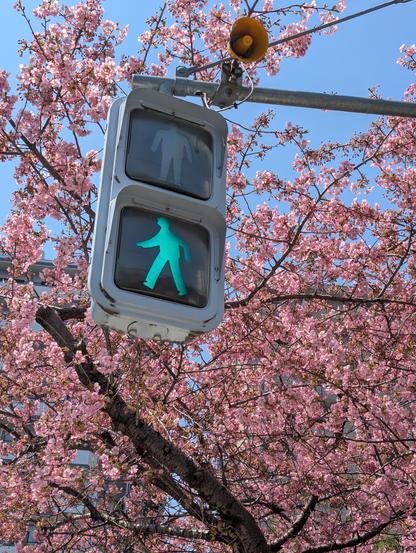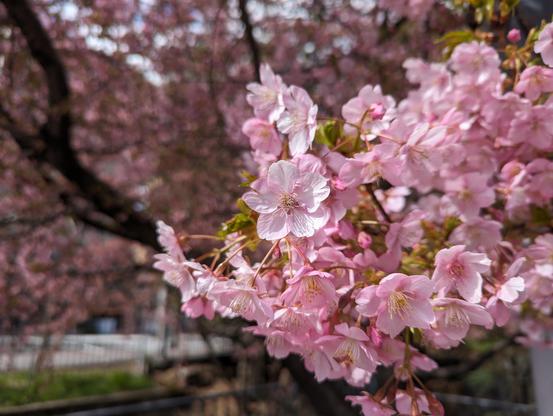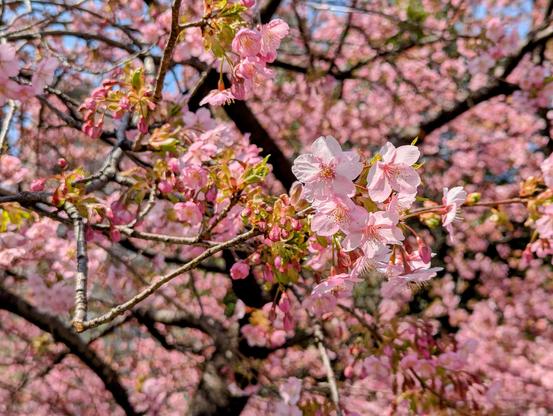First opened in 1890 (lengthened in 1912), the irrigation channel that the Philosopher's Path (哲学の道) follows is fed by water from the Lake Biwa Canal. The 2km course (which takes about 30 minutes to walk) is lined with over 500 sakura trees.
#京都
Ōsawa-no-ike was most probably dug some time from 814, when Emperor Saga (嵯峨天皇 786-842) began work on a sprawling palace that would act as his seat of power in retirement.
The pond was part of "Saga-in's" (離宮嵯峨院) vast garden, intended primarily as a boating lake.
Covering 86641m2, Maruyama-kōen (円山公園) is the oldest and most popular of Kyōto’s parks.
Officially opened in 1886, from 1912 Ogawa Jihei (小川治兵衛 d.1933) landscaped the park into a pond and stroll garden (池泉回遊式庭園) over 3 years.
Maruyama-kōen's (円山公園) famous 70-year old shidare-zakura (枝垂桜 'weeping cherry') is one of the city's most recognizable trees.
The original tree was 200 years old when it withered in 1947. In 1949 Sano Tōemon (佐野藤右衛門) planted the tree we see today.
https://www.alojapan.com/1227494/ken-rodgers-a-fixture-of-the-kyoto-literary-scene-dies-at-72/ Ken Rodgers, a fixture of the Kyoto literary scene, dies at 72 #AUSTRALIANCOMMUNITY #buddhism #expats #journalism #Kyoto #KYOTOJOURNAL #KyotoTopics #literature #magazines #media #Obituary #京都 #京都府 Ken Rodgers, longtime managing editor of Kyoto Journal, passed away on Nov. 4. He was 72 years old. Rodgers was one of the Kyoto foreign community’s leading lights, respected for his kindness, patience and a positive outlook that inspired an eclecti…
https://www.alojapan.com/1225940/all-about-the-nintendo-museum-opening-in-kyoto-japan-prestigeonline-hong-kong/ All About the Nintendo Museum Opening in Kyoto, Japan – PrestigeOnline Hong Kong #asia #Japan #JapanGuide #Kyoto #KyotoTopics #museums #MuseumsInJapan #Nintendo #travel #京都 #京都府 Gamers are familiar with the craze of Nintendo who enjoy an equal monopoly in the card and video games sector. Bringing its journey to a full circle, Nintendo is gearing up to inaugurate its first-ever museum in Kyoto’s Uji City in Japan. The museum is housed in a ren…
Spring's arrival in Kyōto is marked by the blooming of the sakura tree at Modori-bashi, the 'Resurrection Bridge'.
It's early flowering blossoms are some of the first to appear, and can gather quite the crowd
THE SAKURA COMETH
And just like that Kyōto enters sakura season...
a straight line
all the way to Kyoto...
umbrella-hatted blossom viewers
京迄は一筋道ぞ花見笠
-Kobayashi Issa (小林一茶), 1822.
Trans. David Lanoue.
The famous stage before the main hall, as the name suggests, was originally used for ritual performances.
Approximately 18m by 10m (100 tatami mats), the floor is made up of 410 cypress boards and stands 13m above the ground (4-stories high!). It's supported by 48 pillars.
A more fanciful legend explains that the monk and warrior Benkei (武蔵坊弁慶 1155–89), famed for his strength and stature, accidentally scratched the wood when he was pestering Minamoto-no-Yoshitsune (源義経 'Ushiwakamaru') at Kiyomizu-dera.
The pair famously battled at Gojō Bridge (五条大橋), and again later at Kiyomizu-dera.
THE PILGRIMS' SCRATCH
️
Kiyomizu-dera (清水寺) has given birth to 2 famous idioms.
The second is...
"Circling the temple hall" , similar to the English phrase "going around in circles".
堂々巡り
Pilgrims would circle the main hall, often many hundreds of times, as an act of faith.
It's no coincidence that plum blossoms became connected to the enshrined goddess 'Konohanasakuya-hime' (木花咲耶姫), for 'konohana' (此の花) has long been used as an appellation for ume.
Just as at Tenman-gū shrines, ume are considered to be sacred symbols.
It is the goddess of childbirth that we have to thank for the many plum trees growing in the grounds of Umenomiya Taisha.
The word for 'giving birth' (umu 産む) and 'plum' (ume 梅) sound similar, and as ume are some of the first trees to bloom after the winter they have come to symbolise new life.
PLUM BLOSSOM PALACE
Umenomiya Taisha (梅宮大社), familiarly known as Ume-no-miya (梅宮 the 'Plum Blossom Palace'), enshrines the 'god of saké', Ōyamatsumi (大山祇神), and his daughter, 'god of easy childbirth', Konohanasakuya-hime (木花咲耶姫).
It's also known for its cats


